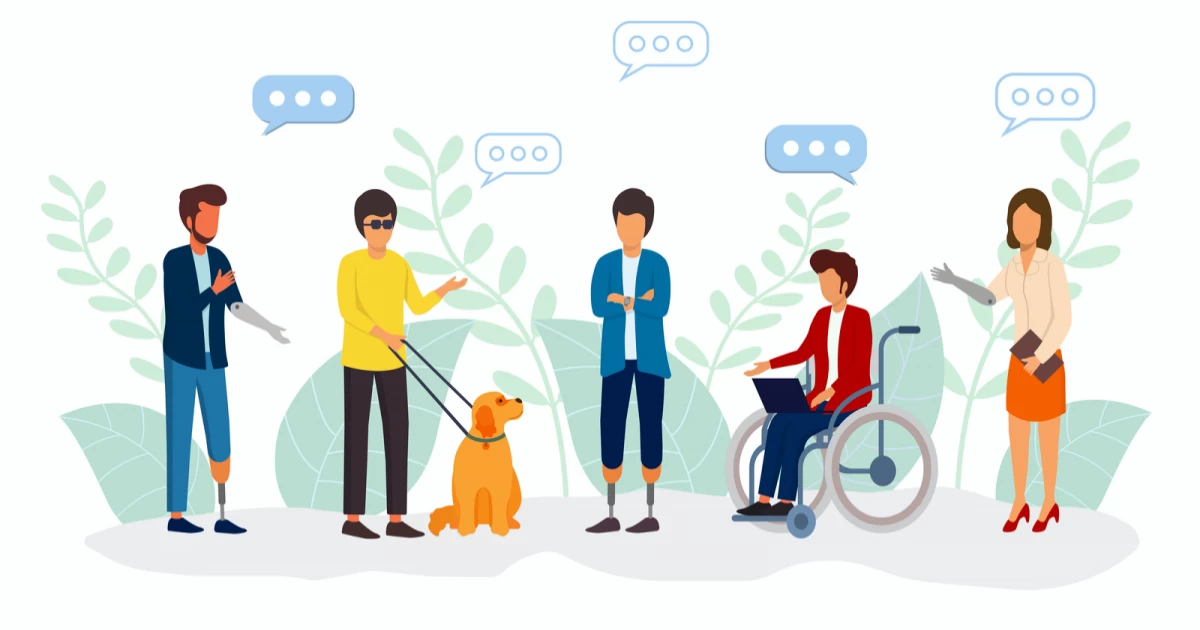
Best practices for web accessibility
Introduction:
Web accessibility is the practice of ensuring that web content is accessible to all users, including those with disabilities. Accessibility is essential to ensure that everyone can access and use the internet, regardless of their physical abilities or disabilities. In this blog post, we will discuss best practices for web accessibility and why it's important to consider accessibility when creating websites.
Why is Web Accessibility Important?
Web accessibility is critical for legal compliance with the Americans with Disabilities Act (ADA), which mandates that all websites be accessible to people with disabilities, including those with visual, auditory, and motor disabilities.
Secondly, web accessibility is important for user experience. An accessible website is more usable for everyone, not just people with disabilities. For example, captions on videos help people who are deaf or hard of hearing, but they also make it easier for people who are in a noisy environment or have a poor internet connection to follow along.
Finally, web accessibility is important for SEO. Search engines like Google prioritize websites that are accessible to everyone. By making your website accessible, you can improve your search engine rankings and attract more visitors.
Best Practices for Web Accessibility
There are several best practices that web developers should follow to ensure that their websites are accessible. Here are some of the most important ones:
Use semantic HTML: Semantic HTML helps screen readers and other assistive technologies understand the structure and content of your web page. Use appropriate HTML tags to identify headings, paragraphs, lists, and other page elements.
Provide alternative text for images: Alternative text, or alt text, is a description of an image that is read by screen readers. This is important for people who are visually impaired or have low vision.
Ensure keyboard accessibility: Many people with disabilities rely on a keyboard to navigate the web. Make sure that all interactive elements on your website can be accessed and operated using a keyboard.
Use color with care: Color is an important visual cue, but it shouldn't be the only cue. Ensure that all important information is conveyed using other means, such as text or symbols.
Use ARIA attributes: ARIA (Accessible Rich Internet Applications) attributes provide additional information about page elements for assistive technologies. Use ARIA attributes to improve the accessibility of complex page elements such as menus, tabs, and forms.
Provide captions and transcripts for videos: Captions and transcripts make video content accessible to people who are deaf or hard of hearing. They also improve the user experience for people who prefer to watch videos with the sound turned off.
Ensure that content is easily readable: Use a legible font size and style, with sufficient contrast between the text and background. Avoid using small font sizes, low contrast, or overly decorative fonts.
Provide clear and consistent navigation: Use clear and descriptive labels for links and buttons, and ensure that the navigation structure is consistent across the site.
Conclusion:
Web accessibility is essential for ensuring that everyone can access and use the internet. By following best practices for web accessibility, you can create websites that are more usable, more visible in search engines, and more inclusive for people with disabilities. So, it's important to take web accessibility seriously and to make sure that your website is accessible to everyone.





Comments
No comments yet.
Add Comment